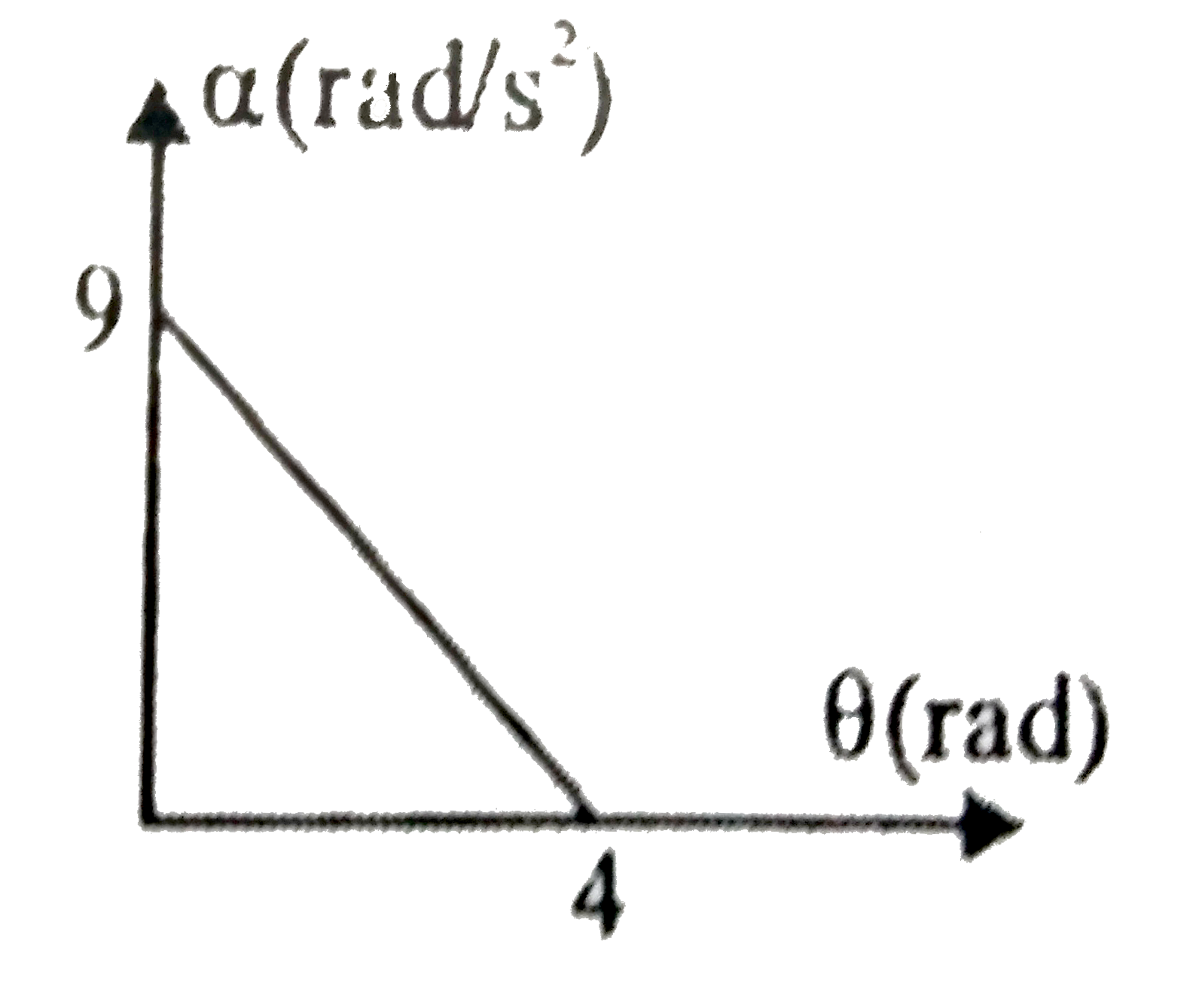For a particle in a non-uniform accelerated circular motion
Velocity is radial and acceleration is transverse only
Velocity is transverse and acceleration is radial only
Velocity is radial and acceleration has both radial and transverse components
Velocity is transverse and acceleration has both radial and transverse components
The correct Answer is:D
In non uniform circular motion particle possesses both radial and tangential acceleration and velocity as transverse.
Topper's Solved these Questions
- BOOK - ERRORLESSCHAPTER - MOTION IN TWO DIMENSIONEXERCISE - NCERT BASED QUESTIONS (HORIZONTAL PROJECTILE MOTION)11videos
MOTION IN TWO DIMENSION
- BOOK - ERRORLESSCHAPTER - MOTION IN TWO DIMENSIONEXERCISE - NCERT BASED QUESTIONS (OBLIQUE PROJECTILE MOTION)47videos
MOTION IN TWO DIMENSION
- BOOK - ERRORLESSCHAPTER - MOTION IN TWO DIMENSIONEXERCISE - ASSERTION & REASON19videos
MOTION IN TWO DIMENSION
- BOOK - ERRORLESSCHAPTER - MOTION IN ONE DIMENSIONEXERCISE - ASSERTION AND REASON24videos
MOTION IN ONE DIMENSION
- BOOK - ERRORLESSCHAPTER - NEWTON'S LAWS OF MOTIONEXERCISE - ASSERTION & REASON18videos
NEWTON'S LAWS OF MOTION
Similar Questions
[" Angle between position "],[" vector and acceleration "],[" vector of a particle in "],[" non-uniform circular "],[" motion (centre of circle is "],[" taken as origin) may be "]
View SolutionWrite an expression for the resultant acceleration of a particle having non-uniform circular motion.
View Solution
Knowledge Check
- Question 1 - Select One
For a particle performing a uniform circular motion the acceleration is
Aconstant in directionBconstant in magnitude but not in directionCconstant in magnitude and directionDconstant neither in magnitude nor in direction. - Question 2 - Select One
The average acceleration vector for a particle having a uniform circular motion is
AA constant vector of magnitude v2rBA vector of magnitude v2r directed normal to the plane of the given uniform circular motionCEqual to the instantaneous acceleration vector at the start of the motionDA null vector - Question 3 - Select One
When a particle moves in a uniform circular motion. It has
ARadial velocity and radial accelerationBTangential velocity and radial accelerationCTangential velocity and tangential accelerationDRadial velocity and tangential acceleration
For a particle performing uniform circular motion →v=→ω×→r. Obtain an expression for linear acceleration of the particle performing non-uniform circular motion.
View SolutionNon Uniform Accelerated Motion
View SolutionA particle starts moving in a non-uniform circular motion, lies angular acceleration as shown in figure. The angular velocity at the end of 4 radian is given by ω rad/s then find the value of ω.
 View Solution
View SolutionFor a particle performing uniform circular motion, choose the incorrect statement from the following.
View SolutionFor a particle performing uniform circular motion, choose the incorrect statement form the following.
View Solution

